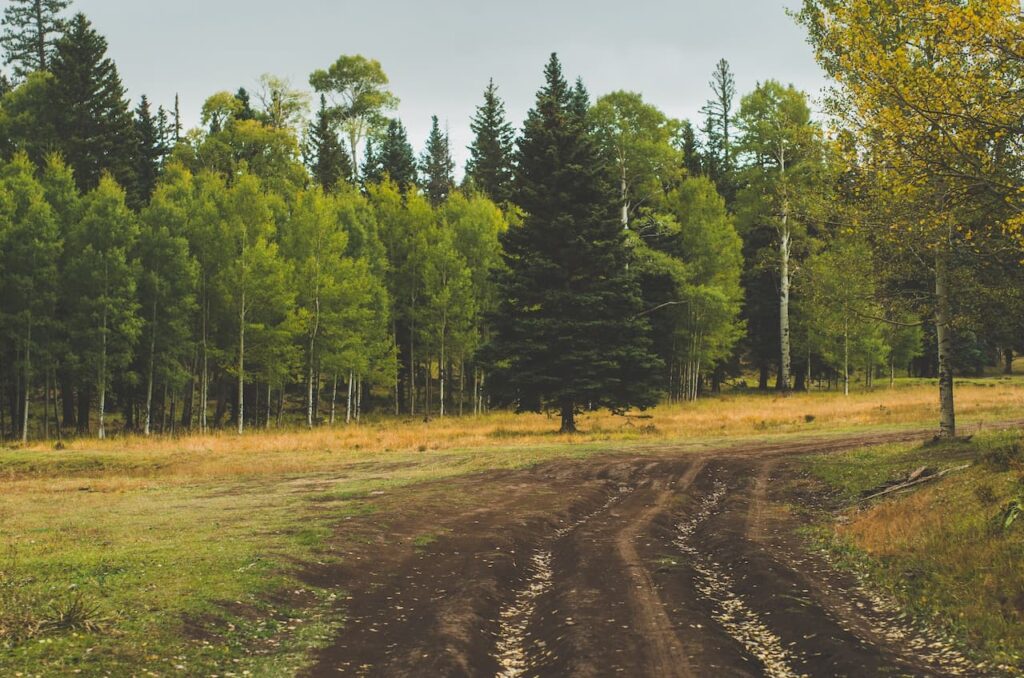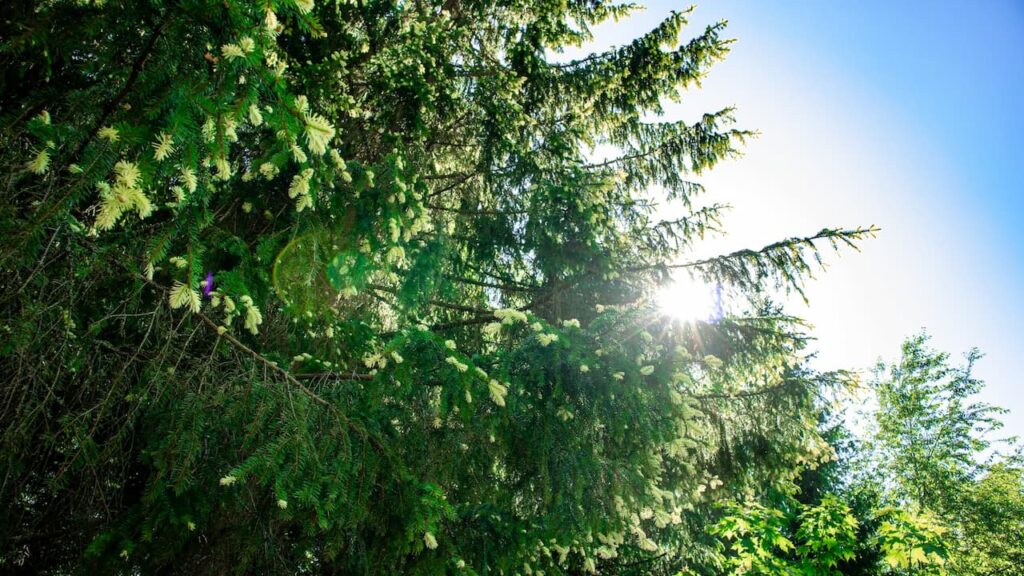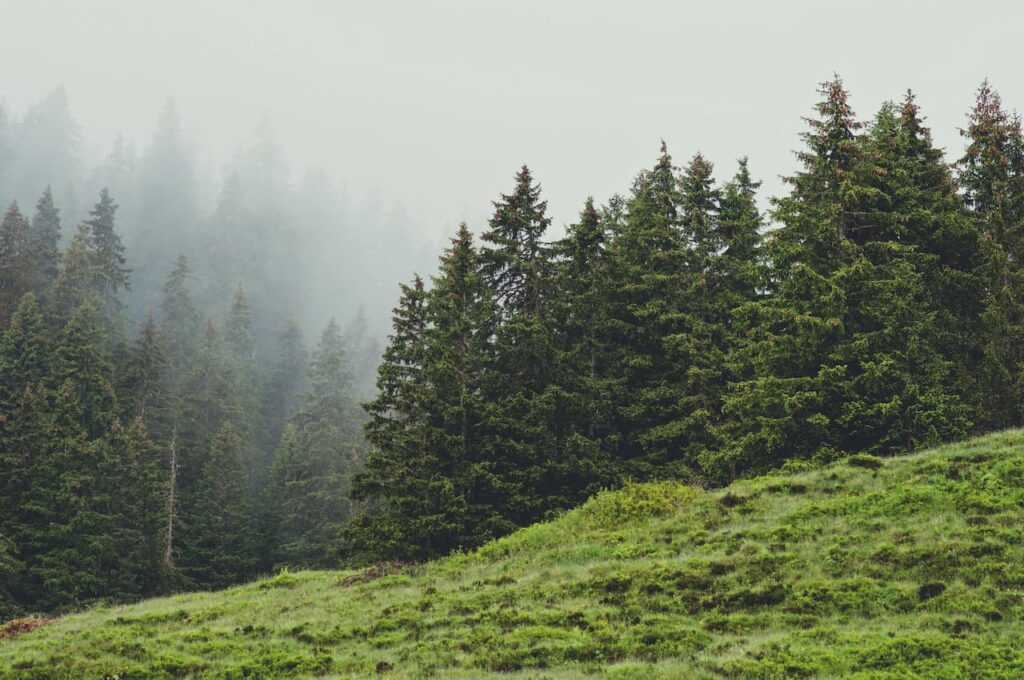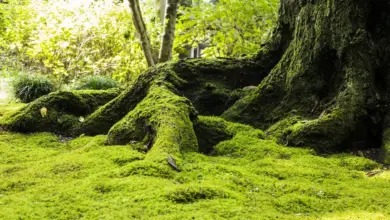Fir vs. Spruce vs. Pine: How to Tell Them Apart?
Are you an outdoor enthusiast who loves to hike, camp, or simply spend time in nature? Have you ever wondered about the different types of trees you come across during your outdoor adventures?
In this article, we will discuss the most common types of trees found in North America – Fir, Spruce, and Pine – and how to distinguish them from one another. By the end of this article, you will be able to identify each of these trees with confidence.
Fir Trees
Fir trees, also known as conifers, are an evergreen species that are particularly abundant in the colder climates of North America, Europe, and Asia. They can grow to heights of up to 200 feet and live for hundreds of years.
Their distinct shape and color, with tall trunks covered in long green needles, make them easily recognizable by sight. Firs are considered one of the most important types of trees since they provide necessary oxygen to the environment and provide shelter for animals.
In terms of their physical characteristics, fir trees have a single main trunk with whorls of branches at each level that forms an umbrella-like shape when fully grown.
The needles can measure about a quarter inch in length and be either soft or stiff, depending on the species. Soft-needled firs, such as balsam fir, have flat leaves, while stiff-needled firs, like Fraser fir, have more pointed tips.
Additionally, these trees bear male and female cones, which differ in size – the female cones contain seeds, while the male ones release pollen into the air to fertilize other plants.
Furthermore, this tree provides an essential sanctuary for birds such as chickadee, red-breasted nuthatch, and ruffed grouse, as well as various mammals like squirrels who depend on this habitat to survive winter’s cold climate.
Spruce Trees
Spruces are evergreen coniferous trees of the genus Picea. These majestic trees are native to the northern hemisphere and come in a variety of shapes and sizes, ranging from low shrubs to towering giants. They can live for hundreds of years, providing vital resources and habitats for wildlife.
Spruce trees have distinctive needle-like leaves, which are arranged in pairs along their twigs. The needles are soft to the touch and range from light green to dark blue in color. There can be both male and female cones on each tree, although not all spruces produce cones every year.
The bark is thin and scaly, covered with resin blisters containing valuable essential oils that make them highly sought after for various industrial products.
Spruces were historically used for various purposes due to their unique properties. Their strong wood was commonly used for building houses, ships, ladders, and other wooden structures throughout the world.
The essential oils extracted from their resin blisters had medicinal uses, including treating coughs, colds, sore throats, and other ailments. Additionally, spruces also served as a source of food as they produce tasty edible fruits every summer called ‘spruce tips.’
Pine Trees
Pine trees are some of the most popular and widely recognized trees in the world. They’re known for their tall stature, long needles, and distinct aroma, but there is much more to these trees than meets the eye.
Pine trees are symbolically associated with longevity, renewal, and healing due to their long-lasting foliage, bountiful fruit and seeds, and ability to withstand extreme weather conditions. The vastness of pine tree varieties – from arctic white spruce to California redwoods – makes them one of the most diverse species on earth.
These trees are hardy evergreen conifers that produce cones instead of flowers. The pine cone protects a pine tree’s delicate buds during winter and shelters its seeds until they’re ready to disperse along with the wind or snow.
Pine cone scales can also be used as a natural source of fuel through a process called pyrolysis.
Pine trees grow best in well-drained soils located near rivers or lakes where they can get plenty of sunshine throughout the year.
To promote healthy growth, water your pine tree regularly during dry seasons while keeping an eye out for any diseases or pests, such as aphids or bark beetles, that could harm your tree’s well-being over time.
Furthermore, providing your pine tree with proper nutrients, such as nitrogen fertilizer, will help it grow lush and green faster than ever before. Pruning your pine tree annually will also ensure that it has a well-rounded shape without any obtrusive branches sticking out from all angles.
How to Tell the Difference Between Fir, Spruce, and Pine?
When it comes to conifers, distinguishing one type of tree from another can be tricky. With a few key tips and tricks, however, you’ll be able to identify fir, spruce, and pine trees with greater accuracy.
While these trees may look similar at first glance, they have distinct differences that are worth learning. In this section, we’ll discuss how to tell the difference between fir, spruce, and pine trees.
Factors to Consider
Before diving into the physical characteristics of these trees, it’s important to consider a few factors that can affect their appearance. The same species of tree may look different depending on its geographic location, growing conditions, and age.
Additionally, some trees may have been crossbred, making them harder to classify. Nonetheless, certain characteristics can help distinguish fir, spruce, and pine trees from each other.
Geographic Location
The location where the tree grows can be an excellent indicator of its species. For instance, pine trees are ubiquitous in North America, while spruce trees are more commonly found in Canada and the northern United States.
On the other hand, fir trees are more often found in mountainous regions, such as the Rocky Mountains.
Physical Characteristics
Each of these trees has unique physical characteristics that make them distinguishable from each other.
Shape
Pine trees are often tall and straight, with a triangular shape that becomes more narrow towards the top.
Spruce trees, on the other hand, have a conical shape with a narrower base and wider top. Fir trees have a similar shape to spruce trees, but their branches tend to be more evenly spaced.
Texture
The needles of pine trees are often rough to the touch, while spruce needles are sharper and can be painful if touched with bare hands. Fir needles are softer and smoother to the touch.
Color
The color of the needles can also differ between these trees. Pine needles are typically bright green, while spruce needles can range from blue-green to dark green. Fir needles are often a deep green or blue-green color.
Growing Conditions
Each of these trees has unique growing conditions that can affect their appearance. Pine trees often thrive in dry, sandy soils and can tolerate high temperatures.
Spruce trees prefer cool, moist climates and do well in soils with high acidity. Fir trees often grow in mountainous regions with cold, snowy winters.
Cones and Needles
One of the most noticeable differences between these trees is their cones and needles. Pine trees have long, thin needles that grow in clusters of two, three, or five.
These needles can be up to six inches long and are typically a bright green color. Pinecones grow in clusters and can vary in size, with some reaching up to a foot long.
Spruce trees, on the other hand, have short, stiff needles that grow singly on the branches. These needles are four-sided and are usually blue-green or dark green in color. Spruce cones are also smaller than pine cones and have smooth, thin scales.
Fir trees have needles that are softer than those of spruce trees and are usually a deep green or blue-green color. Fir needles grow individually and are flat, with a rounded tip. Fir cones tend to be narrower than pine cones and are usually found growing upright on the branches.
Bark and Trunk
The bark and trunk of these trees can also provide clues to their species. Pine trees have a rough, scaly bark that is dark brown or reddish-brown in color. The trunks of young pine trees tend to be smooth, while older trees have deep ridges and grooves.
Spruce trees have a distinctive, scaly bark that is gray or gray-brown in color. The bark is thin and papery, and peels off in small, circular patches. The trunks of young spruce trees tend to be smooth, while older trees have deep furrows.
Fir trees have bark that is usually gray or brown and is smooth or slightly rough to the touch. The trunks of fir trees tend to be straight and tall, with minimal branching.
Wood
If you’re looking at a tree that has already been cut down, the type of wood can also help determine the species. Pine wood is lightweight and has a distinctive, resinous smell. The wood is relatively soft, making it easy to work with, and is often used for construction and furniture.
Spruce wood is also lightweight, but it is stronger and denser than pine wood. It has a pale color and a straight grain, making it ideal for use in musical instruments and paper production.
Fir wood is strong, durable, and resistant to decay. It has a reddish-brown color and a straight grain, making it ideal for use in construction, flooring, and furniture.
Common Uses
Knowing the differences between fir, spruce, and pine trees can also help you understand their common uses.
Pine wood is commonly used for construction, such as in framing and flooring. It’s also used to make furniture and paper and as a source of wood chips for smoking food.
Spruce wood is often used for musical instruments, such as guitars, violins, and pianos. It’s also used in the construction of aircraft, boats, and furniture.
Fir wood is commonly used for construction, such as in framing, decking, and siding. It’s also used to make furniture and flooring and as a source of wood chips for smoking food.
In addition to their wood, these trees also have other uses. Pine needles can be used to make tea and are often used in aromatherapy. Spruce tips can be used to make beer and gin, while fir tips can be used to make syrup.
Conclusion
Trees can be difficult to differentiate, but with a few key features, you can easily tell fir, spruce, and pine apart.
Fir trees feature a single needle attached to the branch with a suction cup base. Spruces have two needles and slightly thicker branches, while pines have needles in sets of two or three, as well as hanging cones.
Fir bark has ridges running up and down, spruce bark is more scaly, and pine bark features furrows or ridges along with deep scaly plates.
As you can see, each tree species has its own unique characteristics that make it easy to identify correctly. With some practice and knowledge about the differences between these three popular trees, you’ll be an expert in no time!







